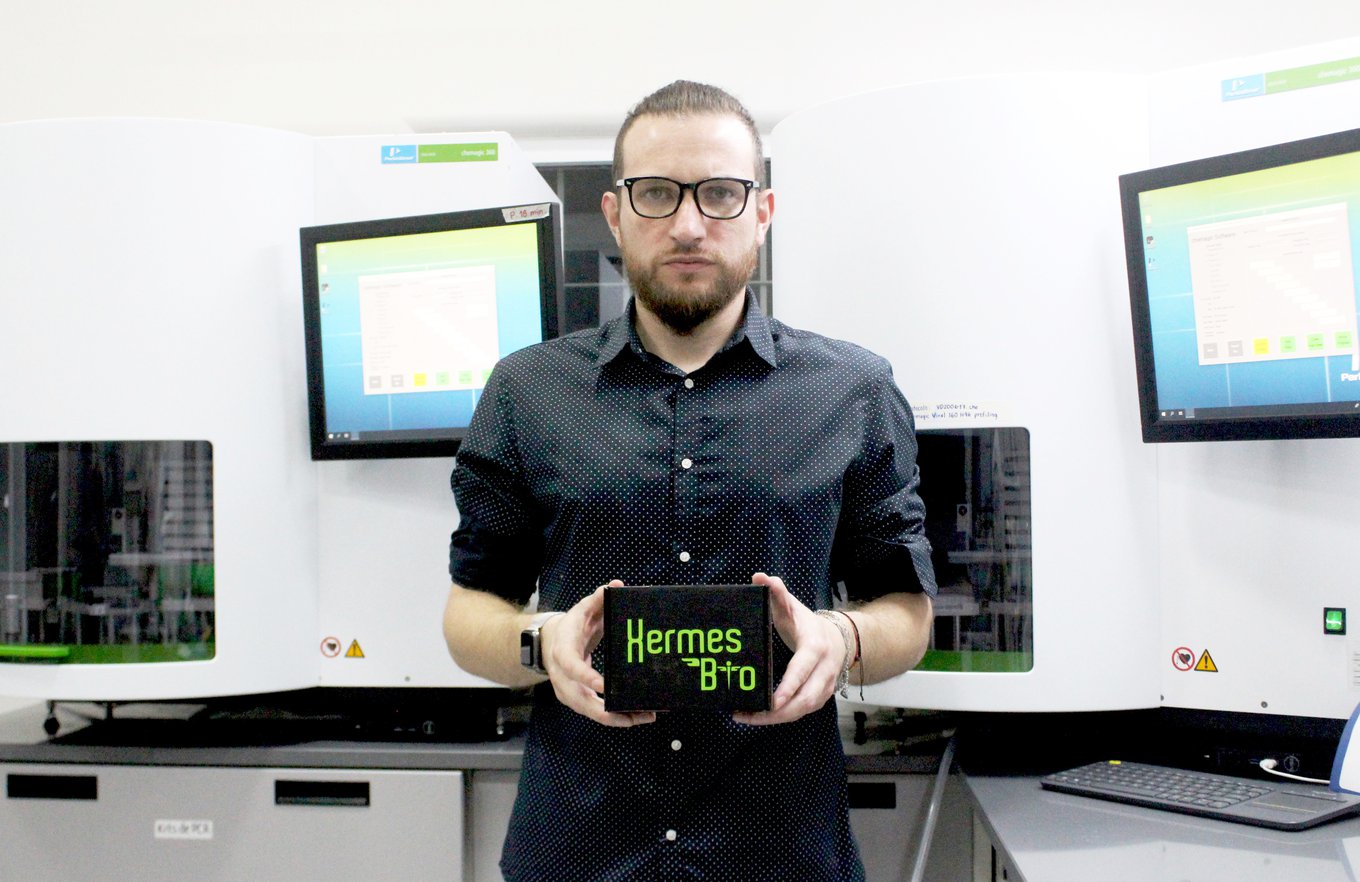Biotechnology & medicine
Everardo González
It cheapens molecular diagnostics and facilitates early diagnosis and treatment of infectious diseases.

Global
Alex Abramson
Developing a way to administer vaccines as pills.

Japan
Ryuichi Onose
Development of a high-precision cancer test utilizing AI technology for early cancer detection with urine testing.

Europe
Dorota Chapko
Creative mixed-methods researcher

MENA
Ayoub Glia
Cell banking at a paper cut.
